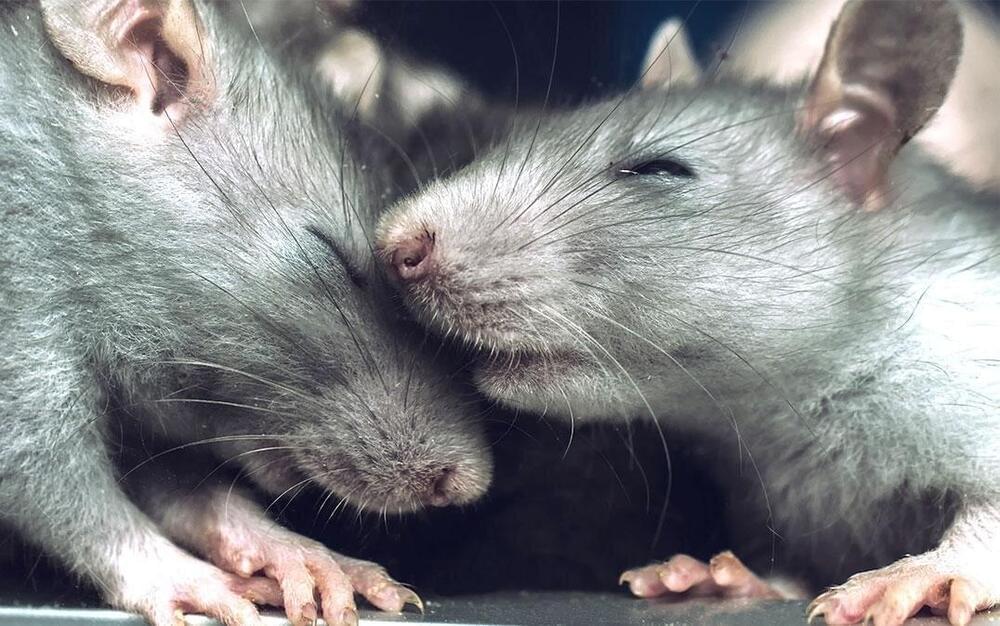There are serious indications from attempts to create a quantum theory of gravity that time must disappear completely from the description of the quantum universe. This has been known since 1967, when DeWitt discovered the Wheeler-DeWitt equation. I shall argue that this forces us to conceive explanation and causality in an entirely new way. The present can no longer be understood as the consequence of the past. Instead, I shall suggest that one may have to distinguish possible presents on the basis of their intrinsic structure, not on the basis of an assumed temporal ordering. If correct, this could have far-reaching implications. Hitherto, because the present has always been interpreted as the lawful consequence of the past, science has made no attempt to answer ‘Why’ questions, only ‘How’ questions. But if there is no past in the traditional sense, we must consider things differently. Thus, if we eliminate time, we may even be able to start asking “Why” questions.
Specification of a point and tangent vector in conformal superspace (CS) determines a slab of spacetime in CMC foliation and unique curve in CS.
Almost perfect implementation of Mach’s principle because local inertial frames, local proper distance and local proper time all emergent and determined by the universe’s shape and shape velocity.
The Mystery: Shape velocity, as opposed to shape direction, is last vestige of Newton’s absolute space and time. Responsible for expansion of the universe and perhaps perfect transformation theory in quantum theory of the universe.
This lecture was delivered on the 16th Kraków Methodological Conference “The Causal Universe”, May 17–18, 2012.
More information:
http://causal-universe.philosophyinscience.com.
http://copernicuscenter.edu.pl.
Photos:
http://www.adamwalanus.pl/2012/cc120517.html









